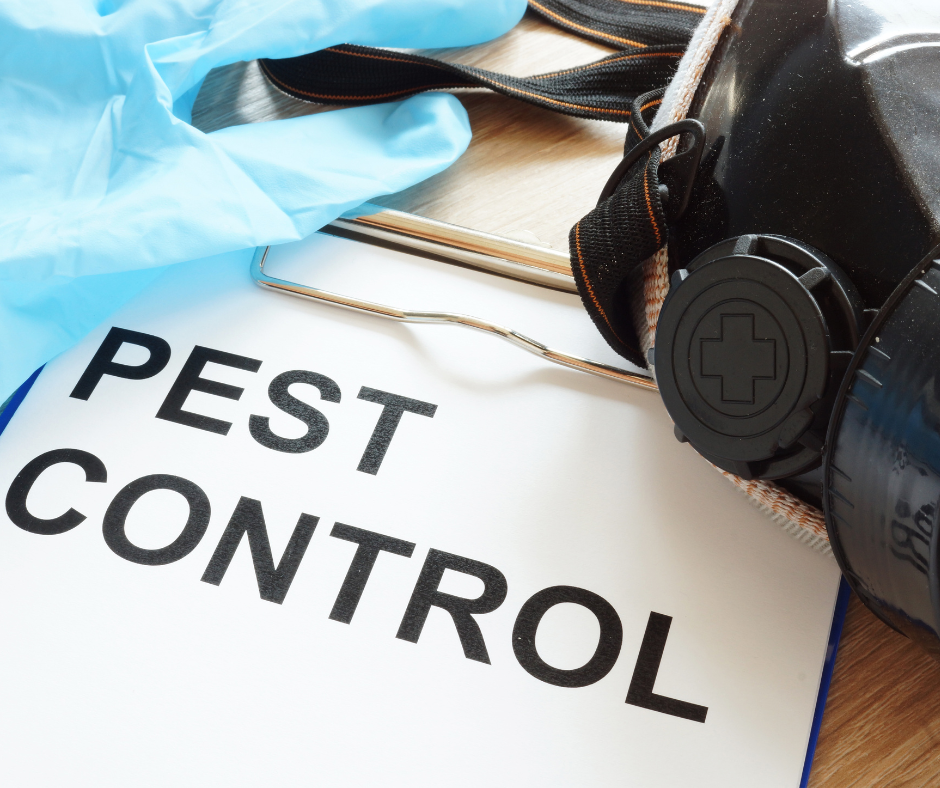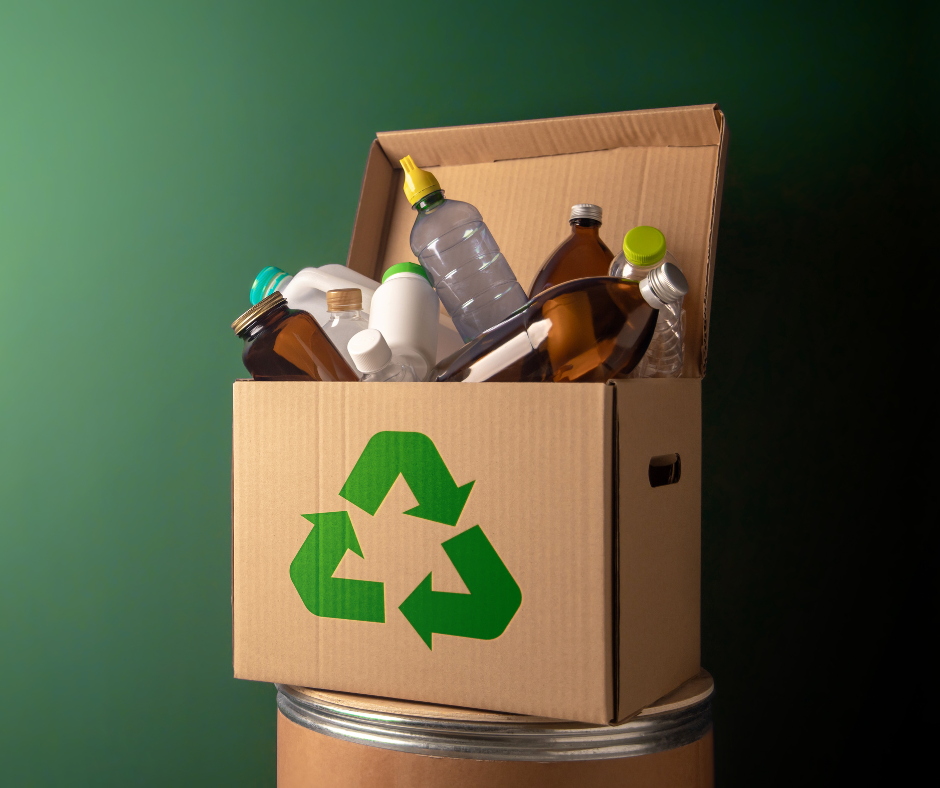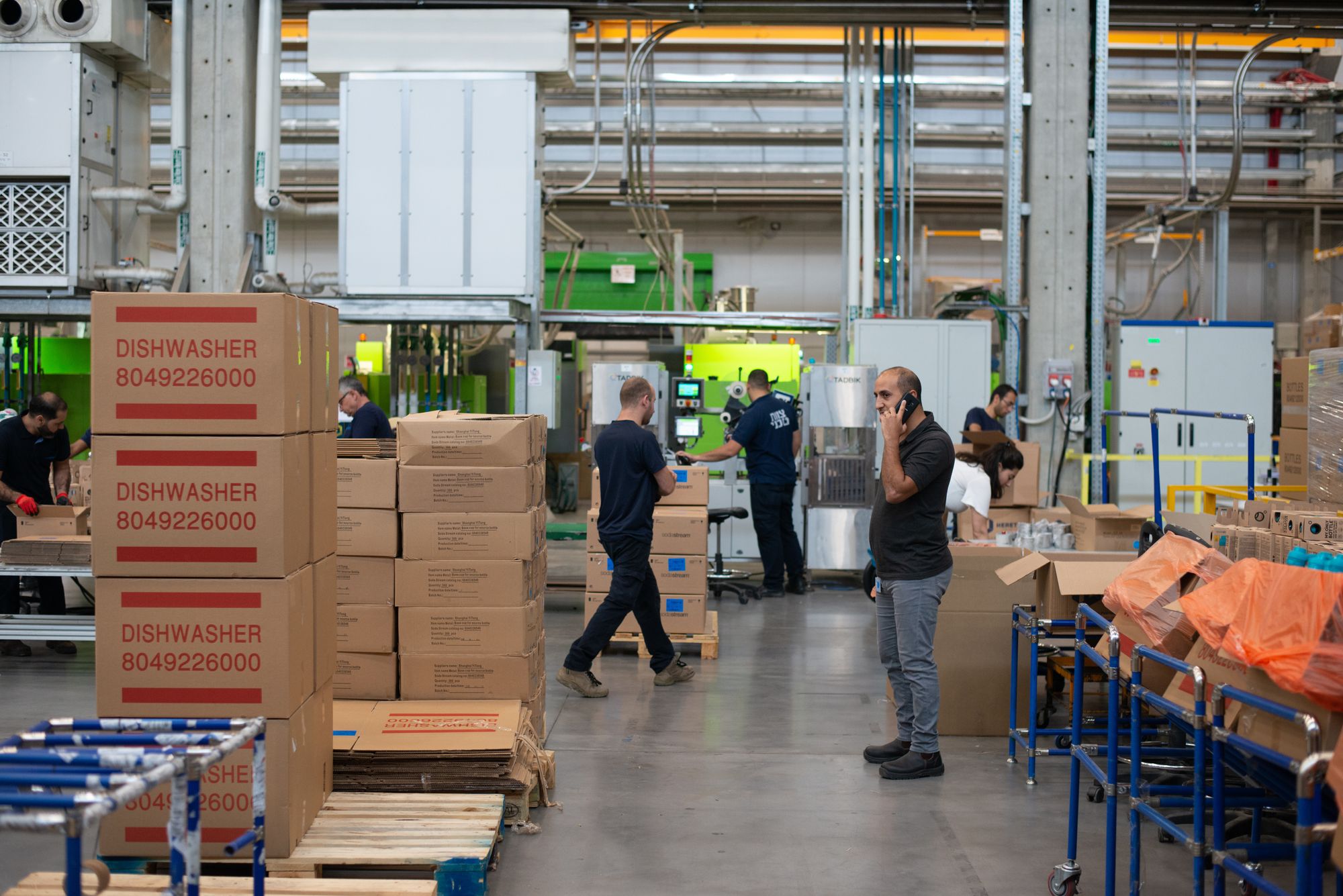Plastic manufacturing has traditionally been associated with environmental issues, such as pollution, greenhouse gas emissions, and waste management. However, with advancements in technology and growing awareness of environmental issues, sustainable plastic manufacturing has become a significant area of focus.
Sustainable plastic manufacturing refers to the production of plastic materials and products in a way that minimizes their environmental impact and promotes long-term sustainability. This involves a range of strategies and practices aimed at reducing the use of non-renewable resources, minimizing waste and pollution, and promoting circular systems that keep materials in use for as long as possible.
Sustainable plastic manufacturing can involve a range of approaches, including the use of renewable resources, such as bio-based feedstocks, the use of recycled and recyclable materials, and the adoption of closed-loop systems that minimize waste and reduce the need for virgin materials. Sustainable plastic manufacturing may also involve the use of renewable energy sources, such as solar and wind power, to power manufacturing processes, and the adoption of life cycle assessment tools to evaluate the environmental impact of products throughout their entire life cycle.
Sustainable plastic manufacturing is an important approach to reducing the environmental impact of plastic production and consumption, and promoting a more sustainable and circular economy that supports the long-term health and wellbeing of our planet and its inhabitants.
In this article, we will discuss some of the advancements in sustainable plastic manufacturing:
- Bioplastics
- Recyclable Plastics
- Chemical Recycling
- Sustainable Sourcing
- Biodegradable Additives
- Closed-Loop Recycling
- Upcycling
- Composting
- Renewable Energy
- Life Cycle Assessments
- How can Deskera Help You?
- Conclusion
- Related Articles
Bioplastics
Bioplastics are plastic made from renewable resources, such as cornstarch, sugarcane, and potatoes, rather than petroleum-based sources. They are biodegradable and compostable, meaning they can break down into natural substances when exposed to heat, light, and moisture. Bioplastics are becoming increasingly popular as a more sustainable alternative to traditional plastics.
There are several types of bioplastics, including:
- Polylactic Acid (PLA): PLA is made from cornstarch and is commonly used in food packaging, disposable cutlery, and bags. It is biodegradable and can be composted.
- Polyhydroxyalkanoates (PHAs): PHAs are made from naturally produced bacteria. They are biodegradable and can be composted. PHAs are used in a variety of applications, including packaging, medical devices, and textiles.
- Starch-Based Plastics: Starch-based plastics are made from renewable resources, such as cornstarch and potatoes. They are biodegradable and can be composted. Starch-based plastics are used in food packaging, disposable cutlery, and bags.
- Cellulose-Based Plastics: Cellulose-based plastics are made from cellulose derived from plants. They are biodegradable and can be composted. Cellulose-based plastics are used in packaging, textiles, and medical devices.
Bioplastics have several advantages over traditional plastics. They are made from renewable resources, reducing the dependence on petroleum-based sources. They also have a smaller carbon footprint than traditional plastics, reducing greenhouse gas emissions. Bioplastics are also biodegradable and compostable, reducing the amount of plastic waste that ends up in landfills and oceans. However, bioplastics also have some limitations, including higher production costs and the need for specialized composting facilities.
Recyclable Plastics
Recyclable plastics are a type of plastic that can be reused after the end of their useful life. They can be recycled multiple times without losing their properties, making them a more sustainable alternative to traditional plastics. Here are some common types of recyclable plastics:
- Polyethylene terephthalate (PET): PET is commonly used in water bottles, food packaging, and polyester fabrics. It is highly recyclable and can be turned into new PET products, such as bottles and clothing.
- High-density polyethylene (HDPE): HDPE is used in milk jugs, detergent bottles, and grocery bags. It is easily recyclable and can be turned into new HDPE products, such as plastic lumber and outdoor furniture.
- Polypropylene (PP): PP is used in yogurt containers, straws, and bottle caps. It is highly recyclable and can be turned into new PP products, such as automotive parts and packaging materials.
- Low-density polyethylene (LDPE): LDPE is used in grocery bags, shrink wrap, and flexible packaging. It is easily recyclable and can be turned into new LDPE products, such as plastic bags and trash can liners.
Recyclable plastics have several advantages over traditional plastics. They reduce the amount of plastic waste that ends up in landfills and oceans, and they conserve natural resources by using recycled materials instead of new ones. Recycling plastics also reduces greenhouse gas emissions by minimizing the need for new materials and energy-intensive manufacturing processes. However, to maximize the benefits of recycling, it is important to sort and clean plastic waste properly and to ensure that it is recycled most efficiently and effectively possible.
Chemical Recycling
Chemical recycling is a process that breaks down plastic waste into its molecular components, which can then be used to create new plastic products. Unlike traditional recycling, which involves melting and reshaping plastic waste, chemical recycling uses chemical reactions to break down the plastic into its constituent parts. There are several different methods of chemical recycling, including:
- Pyrolysis: Pyrolysis is a process that involves heating plastic waste in the absence of oxygen, causing it to break down into smaller molecules. These smaller molecules can then be used to create new plastic products.
- Gasification: Gasification is a process that involves heating plastic waste in the presence of a gas, such as oxygen or steam, causing it to break down into a gas that can be used as a fuel or a feedstock for chemical processes.
- Depolymerization: Depolymerization is a process that involves breaking down the long chains of molecules that make up plastic into smaller, more manageable units that can be used to create new plastic products.
Chemical recycling has several advantages over traditional recycling. It can process a wider range of plastic waste, including contaminated or mixed plastics that cannot be recycled using traditional methods. Chemical recycling can also produce higher-quality plastic products than traditional recycling, because it breaks down the plastic into its constituent parts, allowing for greater control over the composition of the new plastic. Additionally, chemical recycling can reduce the amount of plastic waste in landfills and oceans, which can help mitigate the environmental impacts of plastic pollution. However, chemical recycling is currently more expensive and energy-intensive than traditional recycling, and there are still technical and economic challenges that need to be overcome to make it a more viable option.
Sustainable Sourcing
Sustainable sourcing refers to procuring materials, goods, and services to minimize the negative impact on the environment, society, and the economy. It involves considering the entire product lifecycle, from the extraction of raw materials to the disposal or recycling of the product at the end of its life. Sustainable sourcing can help reduce the environmental and social impacts of production and consumption and create economic benefits for businesses and communities.
Here are some key strategies for sustainable sourcing:
- Use of renewable resources: Sourcing materials from renewable resources, such as sustainably managed forests or plantations, can help reduce production's environmental impact and support the long-term availability of these resources.
- Reduction of waste: Reducing waste at every stage of the supply chain, from manufacturing to packaging and transportation, can help minimize production's environmental impact and reduce costs.
- Ethical labor practices: Ensuring workers are treated fairly, paid a living wage, and provided with safe working conditions is essential for sustainable sourcing.
- Carbon footprint reduction: Reducing the carbon footprint of production and transportation through using renewable energy and efficient logistics can help reduce greenhouse gas emissions and minimize the environmental impact of production.
Sustainable sourcing can have several benefits for businesses, including reduced costs through waste reduction, improved brand reputation through responsible sourcing practices, and increased competitiveness through innovation and efficiency. Additionally, sustainable sourcing can create economic benefits for local communities by supporting local businesses and providing sustainable jobs over the long term. Sustainable sourcing is a key strategy for businesses to reduce their environmental impact and create long-term value for all stakeholders.
Biodegradable Additives
Biodegradable additives are substances that are added to plastics to enhance their biodegradability or ability to break down into natural substances such as water, carbon dioxide, and biomass through biological processes. Biodegradable additives are typically made from natural materials such as starch, cellulose, or vegetable oil and can be added to traditional plastics to make them more environmentally friendly.
Here are some common types of biodegradable additives:
- Starch-based additives: These additives are made from natural starch, such as corn or potato starch, and can be added to traditional plastics to make them biodegradable. They typically require exposure to moisture and microorganisms to break down.
- Cellulose-based additives: These additives are made from cellulose, a natural polymer found in plants, and can be added to traditional plastics to enhance their biodegradability. They typically require exposure to heat and moisture to break down.
- Vegetable oil-based additives: These additives are made from vegetable oils, such as soybean or corn oil, and can be added to traditional plastics to enhance their biodegradability. They typically require exposure to heat and moisture to break down.
Biodegradable additives have several advantages over traditional plastics. They can help to reduce the amount of plastic waste that ends up in landfills and oceans, and they can provide a more environmentally friendly alternative to traditional plastics. Additionally, biodegradable additives can be used in a wide range of applications, from food packaging to agricultural films, and can help to promote a more sustainable and circular economy. However, it is important to note that biodegradable additives are not a silver bullet solution to plastic pollution and should be used in conjunction with other sustainable practices, such as recycling and waste reduction.
Closed-Loop Recycling
Closed-loop recycling is a process in which a product is repeatedly recycled back into the same product, with no loss of quality or value. This is also known as a "circular economy" approach to recycling. Closed-loop recycling can be used for a wide range of products, including plastics, paper, metal, and glass.
Here are some key elements of closed-loop recycling:
- Collection: The first step in closed-loop recycling is collecting the waste product. This can be done through various means, including curbside collection, drop-off centers, or mail-in programs.
- Sorting and processing: Once the waste product is collected, it is sorted and processed to remove any contaminants and prepare it for recycling. This can involve shredding, washing, and separating materials.
- Recycling: The recycled material is then processed into a new product using techniques such as melting, extruding, or molding. In closed-loop recycling, the new product is the same as the original product without losing quality or value.
- Consumer education: Consumer education is an important part of closed-loop recycling, as it helps to promote the importance of recycling and encourages consumers to participate in recycling programs.
Closed-loop recycling has several benefits over traditional recycling methods. It reduces the amount of waste that ends up in landfills and oceans, and it can also reduce the need for virgin materials, thus saving energy and reducing greenhouse gas emissions. Additionally, closed-loop recycling can create economic benefits by promoting the development of recycling industries and creating new jobs. Overall, closed-loop recycling is an important strategy for promoting a more sustainable and circular economy.
Upcycling
Upcycling transforms waste materials or unwanted products into new materials or products of higher quality, value, or environmental benefit. It involves taking materials that would otherwise be discarded or sent to landfill and repurposing them to create something new and valuable.
Here are some examples of upcycling:
- Turning old clothing into new products: Old clothing can be upcycled into new items such as bags, accessories, and even new articles of clothing. This can be done through patchwork, applique, or embroidery techniques.
- Repurposing old furniture: Old furniture can be upcycled by adding a new coat of paint, adding new hardware, or transforming it into something completely different, such as a bookshelf made from an old ladder.
- Using industrial waste as building materials: Old shipping containers or discarded tires can be upcycled into new buildings, such as homes or offices.
- Creating art from scrap materials: Scrap materials such as old metal, wood, or paper can be upcycled into new works of art, such as sculptures, mosaics, or collages.
Upcycling has several benefits over traditional recycling methods. It reduces the amount of waste that ends up in landfills and oceans, and it can also reduce the need for virgin materials, thus saving energy and reducing greenhouse gas emissions. Additionally, upcycling can create economic benefits by promoting the development of new industries and creating new jobs. Upcycling is an important strategy for promoting a more sustainable and circular economy.
Composting
Composting is the process of breaking down organic matter, such as food scraps, yard waste, and paper, into a nutrient-rich soil amendment that can be used to fertilize plants and improve soil health. Composting is a natural process that occurs when microorganisms, such as bacteria and fungi, break down the organic material in the presence of oxygen.
Here are some key elements of composting:
- Collection: The first step in composting is collecting the organic material that will be composted. This can include food scraps, yard waste, and paper.
- Preparation: Once the organic material is collected, it is prepared for composting by chopping or shredding it into smaller pieces. This helps to speed up the composting process by increasing the surface area that is exposed to microorganisms.
- Composting: The organic material is then placed in a compost bin or pile, where it is left to decompose naturally. The compost pile needs to be turned regularly to ensure that oxygen is circulated throughout the pile, which is necessary for the microorganisms to break down the material.
- Use: Once the compost is ready, it can be used to fertilize plants and improve soil health. Compost can be added to gardens, lawns, and potted plants to help them grow healthier and stronger.
Composting has several benefits over traditional waste disposal methods. It reduces the amount of waste that ends up in landfills and oceans, and it can also reduce the need for synthetic fertilizers, which can be harmful to the environment. Additionally, composting can improve soil health, which is important for growing healthy plants and reducing erosion. Overall, composting is an important strategy for promoting a more sustainable and circular economy.
Renewable Energy
Renewable energy is energy that is derived from natural, renewable resources, such as sunlight, wind, water, and geothermal heat. Unlike non-renewable resources like fossil fuels, renewable energy sources are replenished naturally and do not produce harmful emissions or pollutants.
Here are some examples of renewable energy:
- Solar power: Solar power is generated by harnessing the energy of sunlight through photovoltaic cells. This energy can be used to power homes, businesses, and even entire communities.
- Wind power: Wind power is generated by harnessing the energy of wind turbines, which convert wind into electrical energy. Wind power is used to generate electricity for homes and businesses, and it is also used to power entire communities.
- Hydroelectric power: Hydroelectric power is generated by harnessing the energy of falling water to turn turbines, which generate electricity. This energy is typically generated at dams, where water is held back and released in a controlled manner to generate power.
- Geothermal power: Geothermal power is generated by harnessing the heat energy from within the earth. This energy is typically generated by drilling deep into the earth's crust and using the heat energy to generate steam, which drives turbines to generate electricity.
Renewable energy has several benefits over non-renewable energy sources. It is clean and sustainable, producing no harmful emissions or pollutants, and it can be produced locally, reducing the need for imported fuels. Additionally, renewable energy can help to mitigate climate change by reducing greenhouse gas emissions and promoting a more sustainable and circular economy. Overall, renewable energy is an important strategy for promoting a more sustainable and secure energy future.
Life Cycle Assessments
Life cycle assessments (LCA) are a tool used to evaluate the environmental impact of a product or process throughout its entire life cycle, from raw material extraction to disposal. This includes all stages of the product or process, such as transportation, manufacturing, use, and disposal.
Here are the key steps involved in conducting a life cycle assessment:
- Goal and scope definition: The first step in conducting an LCA is to define the goals and scope of the assessment. This includes defining the functional unit of the product or process being assessed and identifying the system boundaries.
- Inventory analysis: The next step is to collect data on the environmental impacts associated with each stage of the life cycle, such as energy consumption, water use, and greenhouse gas emissions.
- Impact assessment: The inventory data is then used to evaluate the potential environmental impacts of the product or process, such as climate change, water pollution, and habitat destruction.
- Interpretation: The final step is to interpret the results of the LCA and use them to make decisions about how to improve the sustainability of the product or process.
Life cycle assessments are important for identifying a product's or process's environmental impacts and informing decisions about how to reduce those impacts. By evaluating the entire life cycle of a product or process, LCAs can help to identify areas where improvements can be made to reduce the environmental impact, such as reducing energy use, using more sustainable materials, or improving the end-of-life disposal options. Overall, life cycle assessments are an important tool for promoting a more sustainable and circular economy.
How can Deskera Help You?
Deskera's integrated financial planning tools allow investors to better plan their investments and track their progress. It can help investors make decisions faster and more accurately.
Deskera Books can assist you in automating your accounting and mitigating business risks. Deskera makes it easier to create invoices by automating many other procedures, reducing your team's administrative workload.
Deskera also offers a suite of integrated applications to help businesses manage their financials, inventory, and operations. Furthermore, other business aspects such as HR (Deskera People), CRM (Deskera CRM), and ERP are provided by Deskera. These could be crucial and can help short sellers keep track of their businesses and make better decisions.
Conclusion
Here are some key takeaways and advancements in sustainable plastic manufacturing:
- Bioplastics are a type of plastic made from renewable resources and are biodegradable.
- Recyclable plastics can be broken down and reused to create new products.
- Chemical recycling is a process that can break down plastics into their component parts, allowing them to be reused as feedstocks for new plastic products.
- Sustainable sourcing of materials ensures that the environmental and social impacts of resource extraction and production are minimized.
- Biodegradable additives can be added to traditional plastics to help them break down more easily in the environment.
- Closed-loop recycling is a process that ensures that plastics are reused within a closed system, reducing the need for virgin materials.
- Upcycling is the process of transforming waste materials into new products, creating value from what would otherwise be discarded.
- Composting is the process of breaking down organic matter into a nutrient-rich soil amendment that can be used to fertilize plants and improve soil health.
- Renewable energy sources, such as solar and wind power, can be used to power sustainable plastic manufacturing processes.
- Life cycle assessments can be used to evaluate the environmental impact of a product or process throughout its entire life cycle, from raw material extraction to disposal.
Overall, these advancements in sustainable plastic manufacturing are important for reducing the environmental impact of plastic production and consumption, promoting a more sustainable and circular economy, and protecting the health of our planet for future generations.
Related Articles











